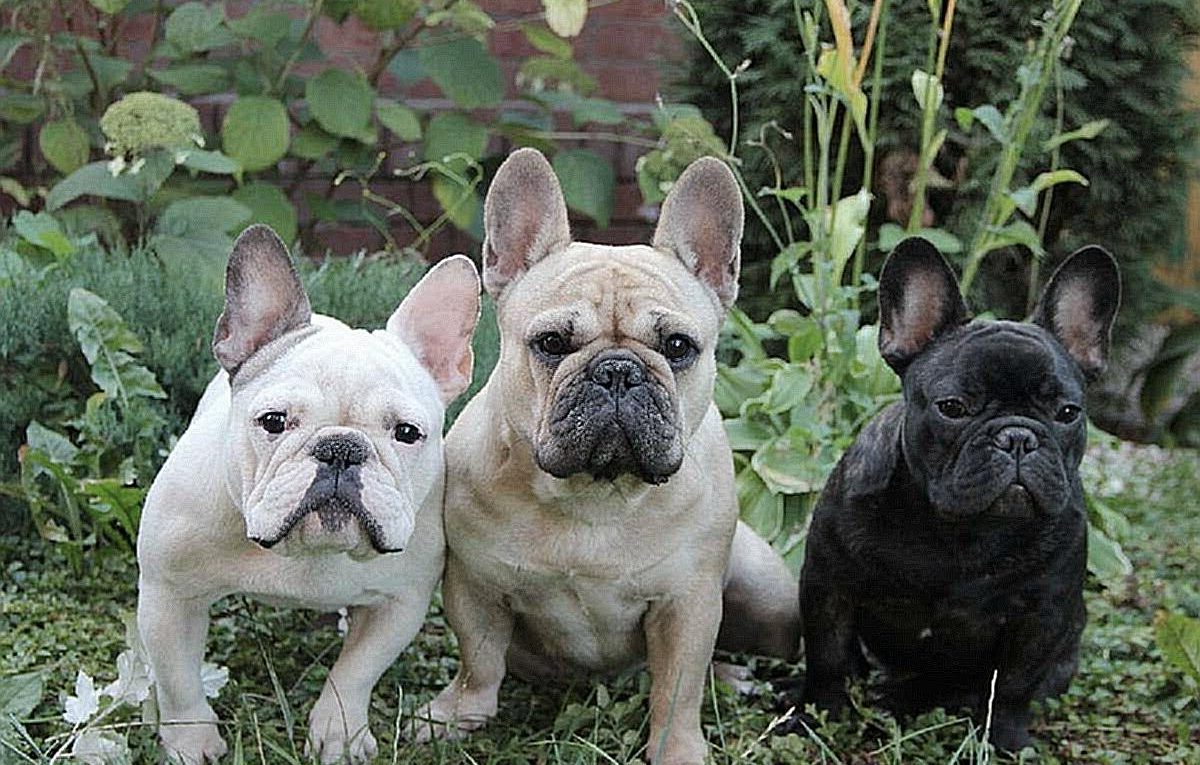Where do French bulldogs descend from?
Welcome to our blog post about the ancestry of French bulldogs, those adorable little furballs that have stolen our hearts.
Ever wondered where these cuties hail from and how they came into existence? Well, get ready to embark on a time-traveling adventure as we uncover the captivating origins of French bulldogs.
So, sit back, relax, and prepare to be enchanted by the enchanting tale of these pint-sized companions.
Origins of the French Bulldog in England
Contents
- 1 Origins of the French Bulldog in England
- 2 Crossbreeding to Create the Desired Size and Temperament
- 3 The Migration of Lace Workers to France and the Popularity of French Bulldogs
- 4 The French Bulldog Club of America: Preserving the Breed’s Characteristics
- 5 The Breed’s Global Popularity
- 6 Adorable Looks and Entertaining Personalities
- 7 Responsible Breeding Practices for Maintaining Health and Well-Being
- 8 Conclusion
French bulldogs, or “Frenchies” as they are affectionately called, have become a beloved breed all around the world. With their distinctive looks and friendly nature, it’s no wonder that people are drawn to these adorable dogs. But have you ever wondered where French bulldogs actually come from? Let’s dive into their fascinating origins and uncover their journey from England to France.
A Bulldog with a Twist: The English Origins
The story of the French bulldog begins in England during the 1800s. Breeders were looking to create a smaller version of the English bulldog, one that was better suited for city living and as a companion dog. Through careful crossbreeding between English Bulldogs and smaller local terrier breeds like toy bulldogs and rat terriers, the French bulldog emerged with its unique appearance and temperament.
Across the English Channel: The Lace Workers’ Migration
During the Industrial Revolution, many lace workers from Nottingham, England, migrated to France in search of better opportunities. These lace workers took their miniature bulldogs with them, little knowing that they were about to make history. The French fell head over heels for these charming dogs and quickly gave them the name “Bouledogues Français,” which means French bulldogs.
From Companions to Symbols: The Rise in Popularity
French bulldogs quickly became a symbol of the Parisian bourgeoisie, capturing the hearts of artists, writers, and high society in France. Their endearing appearance, with those distinctive bat-like ears and compact body shape, made them irresistible companions. With their newfound popularity, French bulldogs gained recognition not only in France but also in other countries across Europe.
Making Waves Across the Pond: The Journey to America
The love for French bulldogs didn’t stop at European borders. The breed made its way to the United States, where it continued to captivate dog enthusiasts. In 1898, the French Bulldog Club of America (FBCA) was established, playing a vital role in promoting and preserving the breed. The FBCA developed breed standards and worked tirelessly to maintain the unique characteristics of French bulldogs.
From English Origins to French Title: Celebrating the French Bulldog
Despite their English origins, French bulldogs owe much of their development and popularity to France. Their distinct appearance and charming personality earned them the title “French bulldog” and solidified their place in French culture. Today, French bulldogs are cherished companions all around the world, known for their friendly and affectionate nature.
When considering adding a French bulldog to your family, it’s essential to remember that responsible breeding practices and genetic testing are crucial for maintaining the overall health and well-being of the breed. By understanding the origins of French bulldogs and celebrating their unique history, we can ensure that they continue to bring joy and companionship for generations to come.
Crossbreeding to Create the Desired Size and Temperament
French bulldogs, with their unique appearance and friendly nature, have captured the hearts of dog lovers around the world. But how were these adorable companions created? The process of crossbreeding different dog breeds played a crucial role in achieving the desired size and temperament of French bulldogs.
English Bulldogs: The Foundation
The English bulldog was one of the main breeds involved in creating French bulldogs. Bulldogs were popular in England, known for their muscular build and courageous nature. When lace workers from Nottingham migrated to France during the Industrial Revolution, they brought their beloved bulldogs with them. These English bulldogs were then crossed with local French dogs, resulting in a smaller, more compact breed that would become the French bulldog we know today.
Terriers: Adding Energy and Playfulness
Another breed that played a significant role in the creation of French bulldogs is the terrier. Terriers were known for their feisty and energetic temperament, which breeders sought to introduce into the new breed. By crossing English bulldogs with terriers, they were able to infuse more liveliness and playfulness into the French bulldog’s temperament.
Pugs: Refining Appearance and Temperament
The Pug, with its distinctive facial features and affectionate nature, also contributed to the development of French bulldogs. Breeders crossed Pugs with the existing mix of English bulldogs and terriers to further refine both the appearance and temperament of French bulldogs. This combination helped solidify the unique characteristics that make Frenchies so recognizable today.
The Desired Size: Finding Balance
Size was an important consideration during the crossbreeding process. Breeders aimed to create a small yet muscular dog that would be suitable for living in small apartments or urban environments. By combining the genes of larger English bulldogs with smaller terriers and Pugs, breeders achieved the desired size for French bulldogs, making them perfect companions for city dwellers.
Prioritizing Responsible Breeding
While crossbreeding played a significant role in creating French bulldogs, responsible breeding practices should always be prioritized. Breeders should aim to produce healthy puppies with good temperaments and avoid excessive inbreeding or breeding for extreme physical traits that could compromise the dog’s well-being.
The Migration of Lace Workers to France and the Popularity of French Bulldogs
Have you ever wondered how French Bulldogs became such popular pets? Well, it turns out that the migration of lace workers to France in the late 19th century played a significant role in their rise to fame. Let’s dive into this fascinating history and explore how these adorable little pups won the hearts of people around the world.
Lace workers from England brought their Bulldogs with them
In the late 19th century, lace workers from England, particularly from the Nottingham and East Midlands regions, migrated to France in search of better economic opportunities. These hardworking folks didn’t leave their furry companions behind – they brought their Bulldogs with them.
Crossbreeding with local French breeds
Once in France, the English Bulldogs brought by the lace workers were crossed with local French breeds. This crossbreeding resulted in the development of a new breed – the French Bulldog. These smaller Bulldogs had a distinct appearance, characterized by their bat-like ears, compact bodies, and friendly temperaments.
Embraced by Parisian society

The French Bulldog quickly gained popularity among the upper class in France, particularly in Parisian society. These charming little dogs became fashionable pets and were often seen accompanying their owners to cafes, theaters, and fashionable social events. Talk about being a trendsetter.
Exported to other countries
As the popularity of French Bulldogs continued to grow throughout the early 20th century, they were exported to other countries, including the United States. People across the globe fell in love with these adorable companions and welcomed them into their homes with open arms.
A beloved companion breed
Today, French Bulldogs are one of the most popular dog breeds worldwide. Their adorable looks, affectionate nature, and adaptability to various living situations have made them sought-after pets for both individuals and families.
The French Bulldog Club of America: Preserving the Breed’s Characteristics
As a proud French Bulldog owner, you may be wondering how the French Bulldog Club of America (FBDCA) is working diligently to preserve the breed’s unique characteristics. Well, you’re in luck. In this section, we’ll explore the various ways in which the FBDCA ensures that French Bulldogs maintain their original traits and qualities.
Establishing Breed Standards
One of the key ways that the FBDCA preserves the breed’s characteristics is through the establishment of breed standards. These standards serve as a blueprint for breeders, outlining the desired size, structure, coat color, and temperament of French Bulldogs. By adhering to these guidelines, breeders can ensure that their dogs possess the distinctive traits that make French Bulldogs so special.
Protecting Temperament and Health
The FBDCA places great emphasis on preserving the unique temperament of French Bulldogs. Known for being affectionate, playful, and adaptable, this breed’s temperament is one of its most cherished qualities. To ensure that temperament is not compromised, the FBDCA discourages breeding practices that may result in behavioral issues or compromise the overall well-being of the dogs.
In addition to temperament preservation, the FBDCA also prioritizes the health of French Bulldogs. They provide resources and support for owners, offering information on health issues specific to the breed. Through education and awareness, the FBDCA helps owners make informed decisions about their pets’ well-being and encourages responsible ownership.
Events and Education
The FBDCA hosts a variety of events throughout the year to promote responsible ownership and showcase the breed’s qualities. From dog shows and obedience trials to educational seminars, these events bring together French Bulldog enthusiasts from all walks of life. They provide opportunities for owners to learn from experts in the field, network with other enthusiasts, and celebrate this beloved breed.
The Breed’s Global Popularity
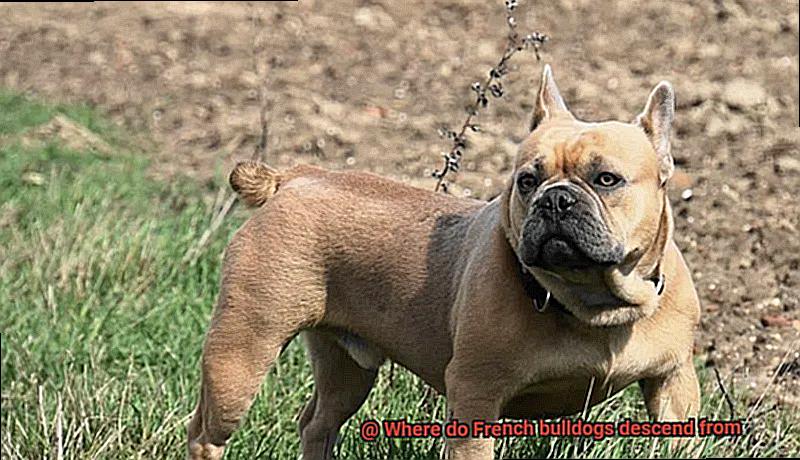
The French Bulldog, with its unique appearance and friendly temperament, has skyrocketed in popularity worldwide. Let’s take a closer look at the factors that have contributed to its global appeal.
Distinctive Physical Features
The French Bulldog’s bat-like ears, compact body, and expressive eyes make it instantly recognizable and visually appealing. It’s no wonder that people are drawn to this adorable breed.
Friendly Temperament
French Bulldogs are known for their affectionate and sociable nature. They make excellent family pets and get along well with children and other animals. Their friendly demeanor is one of the reasons why they have become so popular.
Adaptability
French Bulldogs are adaptable to different living situations. They can thrive in both urban and rural environments, making them suitable for a wide range of households. They don’t require extensive exercise and are content with short walks or indoor playtime. Additionally, French Bulldogs can tolerate both hot and cold weather, making them versatile companions no matter where you live.
Social Media Influence
The rise of social media platforms has played a significant role in increasing the global popularity of French Bulldogs. Many owners love sharing adorable pictures and videos of their furry companions, showcasing their unique personalities. This exposure has led to a surge in interest and demand for the breed.
Celebrity Endorsements
Celebrities and influencers have also contributed to the breed’s popularity by showcasing their French Bulldogs on various public platforms. From actors to musicians, these famous figures have made having a French Bulldog trendy and desirable.
Accessibility
The availability of French Bulldogs through reputable breeders and rescue organizations has made them more accessible to a wider audience. This accessibility has further fueled their global popularity as more people realize they can bring a French Bulldog into their lives.
Responsibilities of Ownership
While French Bulldogs may be popular, it’s crucial for potential owners to understand the responsibilities associated with owning one. They require proper care, training, and attention to ensure their well-being. Owning a French Bulldog is a commitment, but the rewards of their companionship are immeasurable.
Adorable Looks and Entertaining Personalities
French bulldogs have become a sensation in the dog world, thanks to their adorable looks and entertaining personalities. These small, muscular dogs are known for their distinctive appearance, playful nature, and ability to bring joy to their owners’ lives. In this blog post, we will explore why French bulldogs are so lovable and entertaining, making them the perfect companion for dog lovers.
Adorable Looks:
- Distinctive appearance with bat-like ears, wrinkled faces, and compact bodies.
- Descended from English bulldogs, inheriting their short and stout bodies.
- Charming expressions and expressive eyes that capture hearts everywhere.
Entertaining Personalities:
- Playful and mischievous nature that keeps owners entertained.
- Clownish behavior and ability to make people laugh with their antics.
- Social animals that thrive on human companionship and love to interact.
Unique Vocalizations:
- Wide range of sounds, from grunts and snorts to high-pitched yips and barks.
- Snoring that is both amusing and endearing to many owners.
Excellent Family Pets:
- Affectionate nature and strong bonds with human family members.
- Loyal and protective, making them great companions and watchdogs.
- Adapt well to various living situations, including apartments or houses.
Low-Maintenance Pets:
- Require minimal exercise, but still need mental stimulation and socialization.
- Content with short walks and playtime indoors.
- Relatively low grooming needs due to their short coats.
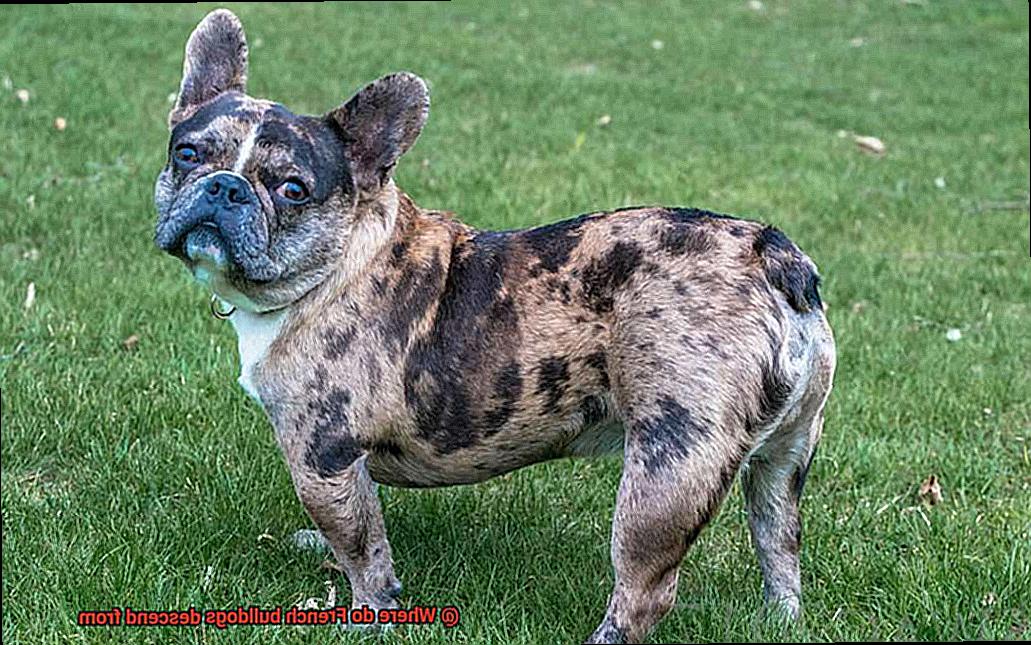
Responsible Breeding Practices for Maintaining Health and Well-Being
French bulldogs have become increasingly popular due to their unique appearance and lovable personalities. However, it is crucial to ensure that these adorable dogs are bred responsibly to maintain their health and well-being. In this blog post, we will explore the origins of French bulldogs, the importance of responsible breeding practices, and how breeders can contribute to the overall betterment of the breed.
The Origins and History of French Bulldogs:
French bulldogs have a fascinating history that dates back to 19th century England. Originally bred as miniature versions of English bulldogs, they gained popularity among French lace workers who brought them to France during the Industrial Revolution. French breeders then refined the breed, focusing on specific traits such as erect bat-like ears and a friendly disposition, leading to the recognition of French bulldogs by various kennel clubs.
Responsible Breeding Practices:
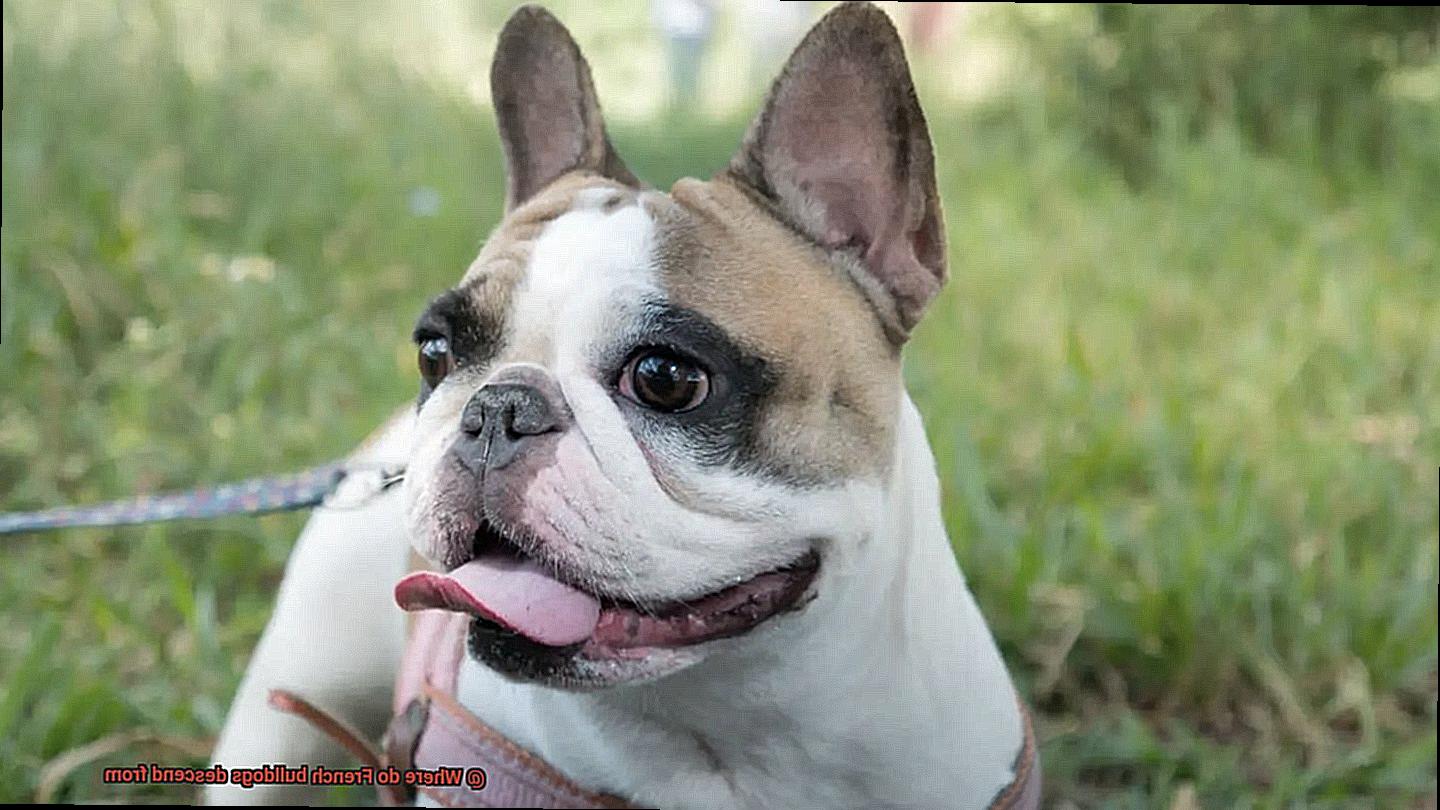
Responsible breeding practices are vital for maintaining the health and well-being of French bulldogs. Here are some key practices that breeders should follow:
Selecting Healthy Parent Dogs:
Breeders should carefully choose parent dogs with no hereditary diseases or genetic disorders. Thorough health screenings, including tests for common conditions like hip dysplasia, patellar luxation, and brachycephalic syndrome, should be conducted.
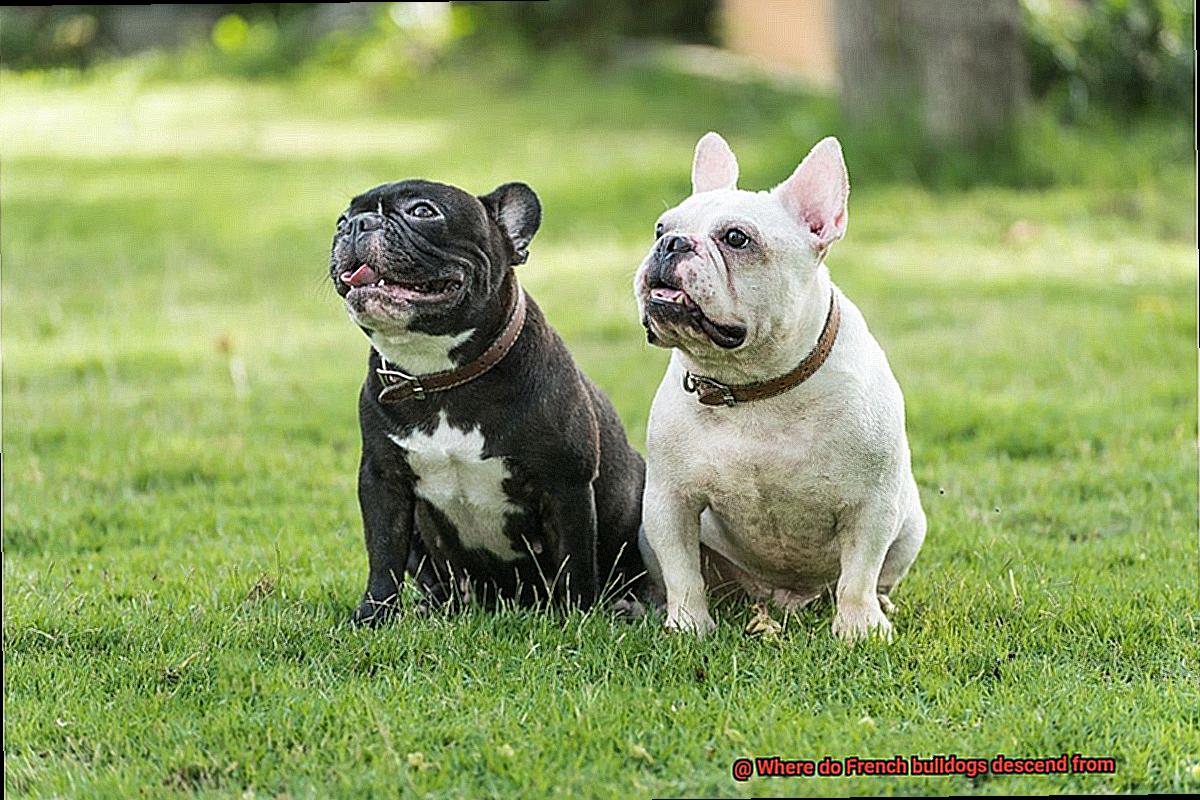
Prioritizing Genetic Diversity:
To prevent the accumulation of inherited diseases within the breed, breeders should prioritize genetic diversity. Inbreeding should be avoided as it increases the risk of genetic disorders and health issues.
Providing Proper Care and Socialization:
Breeders should ensure that parent dogs receive proper nutrition, regular veterinary care, and live in a clean and comfortable environment. Early socialization is crucial for puppies to develop into well-adjusted dogs capable of adapting to different environments.
Focusing on Temperament and Behavior:
French bulldogs are known for their friendly and affectionate nature. Responsible breeders should select parent dogs with good temperaments and provide early socialization to promote well-being and happiness in their puppies.
Transparency and Lifetime Support:
Responsible breeders should be transparent about their breeding practices and provide potential owners with all necessary information about the breed’s health, care requirements, and potential challenges. They should also offer lifetime support to puppy buyers, ensuring that they have guidance throughout the dog’s life.
JowI86FFQy4″ >
Conclusion
In conclusion, the captivating ancestry of French bulldogs traces back to 19th century England. Breeders embarked on a quest to create a pint-sized version of the English bulldog, tailor-made for urban living and as a devoted companion. Through meticulous crossbreeding with local terrier breeds like toy bulldogs and rat terriers, the French bulldog emerged with its distinctive charm and character.
But it was the migration of lace workers from England to France during the Industrial Revolution that truly shaped the breed’s history. Unbeknownst to them, these workers brought along their cherished miniature Bulldogs, unknowingly introducing them to the hearts of the French people.
The French were instantly smitten by these enchanting canines and bestowed upon them the name “Bouledogues Français,” signifying their newfound love for French bulldogs.
Rapidly becoming a symbol of Parisian high society, these delightful dogs captured the attention of artists, writers, and aristocrats in France. Their unique appearance and amiable disposition made them irresistible companions. Soon enough, their popularity transcended borders and reached far-flung corners of the globe, including the United States.
Today, French bulldogs are adored companions worldwide, owing much gratitude to both England and France for their development and recognition. Responsible breeding practices are paramount in preserving their overall health and well-being.
